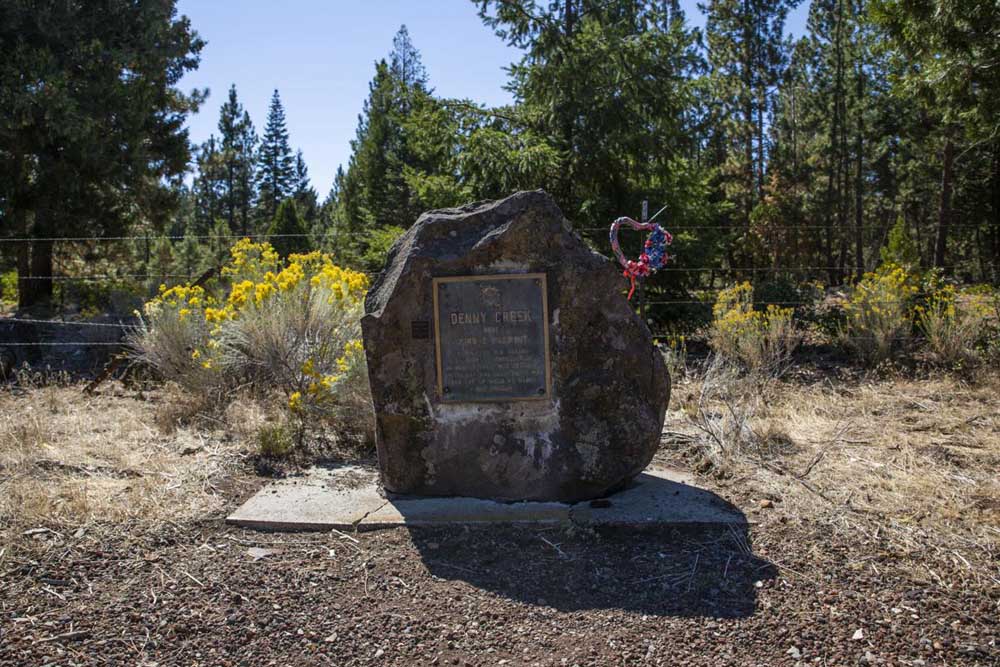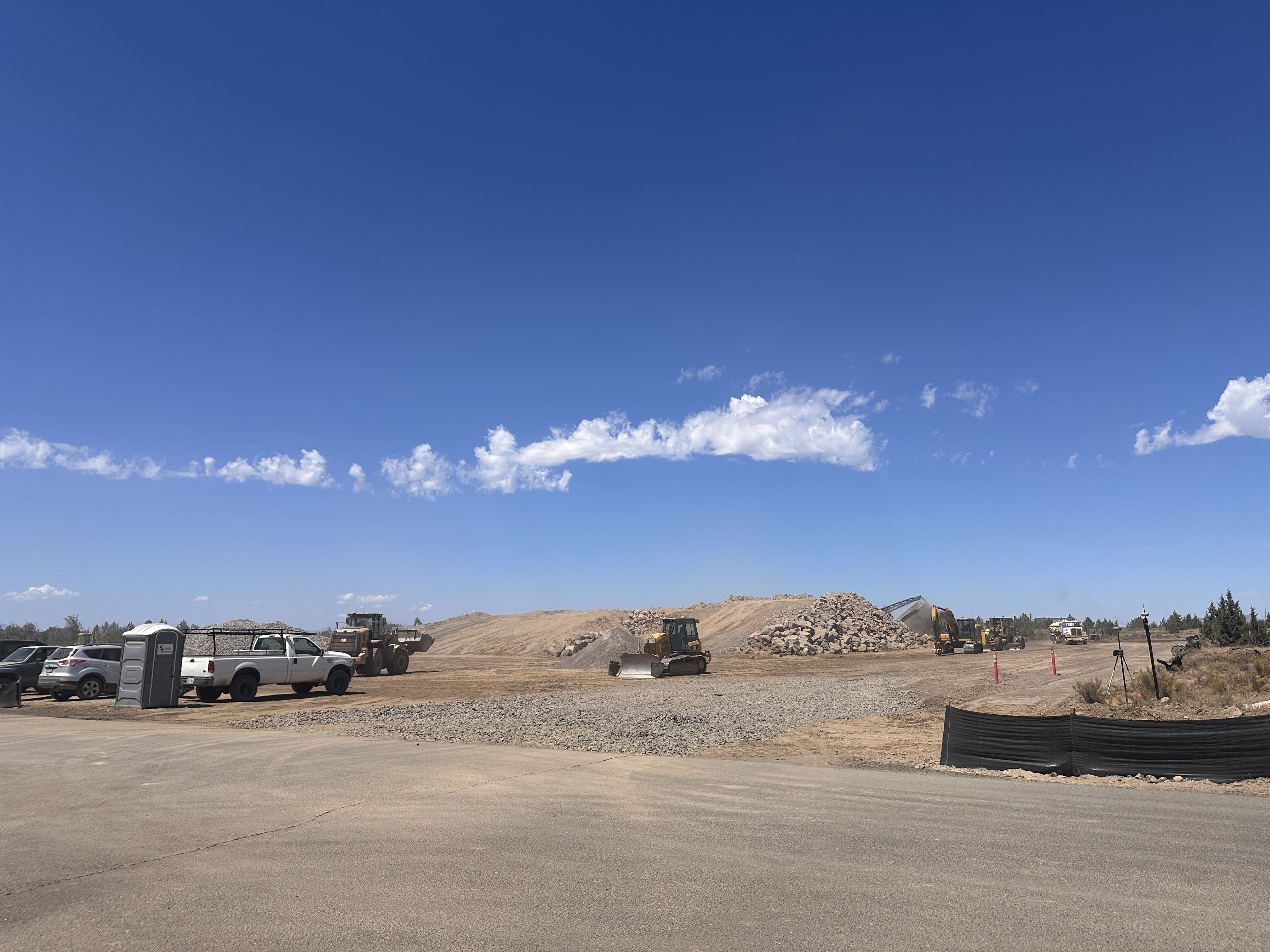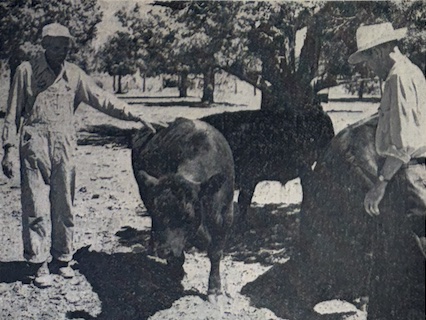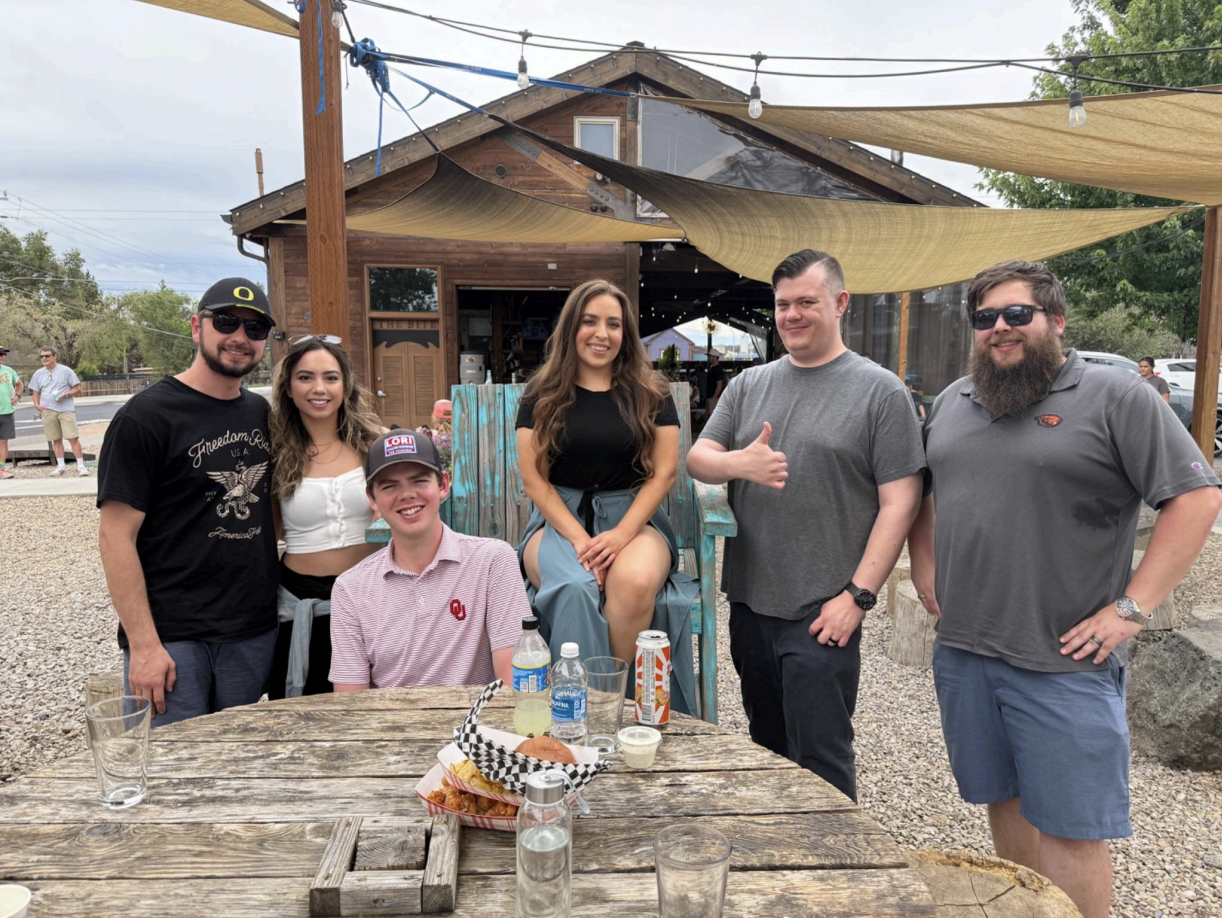Rethinking Kit Carson’s complicated history (Part 2)
Published 12:00 am Wednesday, September 29, 2021

- Denny Creek Memorial along 140 in Klamath Falls on Sept. 14.
Editor’s note: This is the second of two parts about Kit Carson and his namesake park in Klamath Falls. Read the first part here.
Trending
Don Gentry, chair of the Klamath Tribes, recalled being told of a single Modoc who snuck into John Frémont’s camp and killed one of their companions, leading to the attack on the Klamath fishing village in retribution.
“The way I heard the story first, it was explained to me verbally,” Gentry said. “I thought it was an individual Modoc and in retaliation, they raided the Klamath village.”
Jeffrey Ostler, a professor at the University of Oregon who specializes in the history of the American West — particularly American Indian history — said people like Kit Carson and Frémont, his travel companion, wouldn’t have bothered to figure out who exactly attacked them, an indication of how they viewed Indigenous people at the time.
Trending
“This perspective that an Indian is an Indian instead of an individual is just symbolic of what has happened here and in the nation,” Gentry said.
The massacre at Dokdokwas in 1846 left a scar on the Klamath Tribes. And the fact that one of the first things one sees on the way into Klamath Falls is Kit Carson Park — a place named after a man who massacred a Klamath village — only brings the Basin’s past traumas of colonialism and genocide to the surface.
How the park got its name, and how it could change it
In 1930, 84 years after the raid on Frémont’s camp and the subsequent massacre at Dokdokwas, the Daughters of the American Revolution donated a plaque along Highway 140 just west of town.
The plaque reads, “Here John C. Frémont camped on his second journey of exploration in May of 1846, was attacked by Indians and lost three men for one of whom he named the stream.”
The plaque is known as the Denny Creek Marker, in reference to the creek named after one of Fremont’s companions who was killed in the ambush. There is no monument commemorating the massacre of the Klamath at Dokdokwas.
In 1948 a four-lane parkway was built in town to reduce traffic, and the editor of the Herald and News suggested naming it after Kit Carson. The highway was called Kit Carson Parkway, and Kit Carson Park was named after the road that ran alongside.
The Oregon Department of Transportation renamed Kit Carson Parkway to Crater Lake Parkway in the early 2000s after a local committee submitted a proposal to change the name. But Kit Carson Park remained.
Now, decades later, the equity task force has asked the city to change the name of the park, so as not to honor a man who killed countless Indigenous people during his expeditions into what is today Klamath County.
“From my perspective, it is hard to honor somebody who perpetrated such a terrible act,” Gentry said. “Namely, honoring this individual by naming a park after them is not appropriate. It just reminds us of our tragic history. It is just a symbol of how we’ve been mistreated and marginalized over time.”
Carol Westfall, the mayor of Klamath Falls, said she wants to get the community involved in deciding if, and how, to rename a place like Kit Carson Park. She said focusing on why it should be done is imperative.
“It’s very important for the city that we have buy-in, and I think once you explain it to people, you can get a lot of people on board,” Westfall said. “Even before we started, one of the reasons we started the task force is that we saw (Kit Carson Park) needed to change. Part of our plan is to rename some of these things we now know weren’t so great for our community.”
Westfall added that the process of changing the park’s name would start with the city Parks and Recreation Department. Then a Parks and Recreation committee, comprised of a group of citizens, would move forward from there if they choose.
Professor Susan Johnson said since the 1970s there have been calls to change the name of parks and monuments named for Kit Carson after people began to realize the truth about the man behind the myth.
“A lot of those naming of places for Carson took place in the late 19th century and the earlier 20th century, and that was an era that saw a rising tide of white supremacy,” Johnson said. “I don’t think anything needs to be named after Kit Carson. But I do think that the conversations about it are always clouded by this confusion of the historical person — Kit Carson — and the dime novel hero.”








